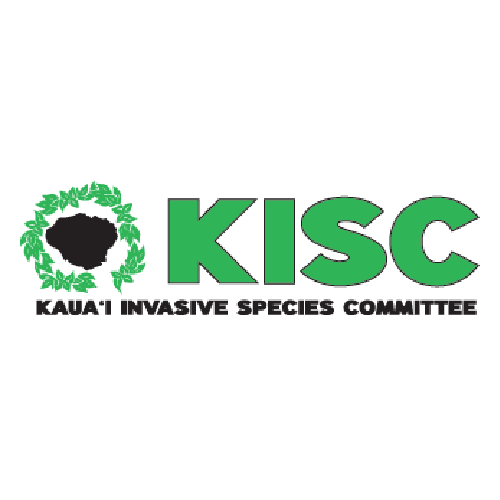Family: Fabaceae
Vigna unguiculata (cow pea, black eyed pea) is an annual herbaceous legume, and one of the oldest crops to be farmed, having been domesticated in Africa. Cowpeas are a staple food in many cuisines around the world. They can be used in a variety of dishes, including soups, stews, salads, and side dishes. Cowpea leaves and young shoots are also edible and are used as leafy greens in some regions. The plant is nitrogen fixing, and used as animal fodder in many parts of the world. It is naturalized in South Florida, Thailand, and Japan, but is not documented to be naturalized on any Hawaiian Islands to date. Cow pea’s climatic versatility, quick maturation, and smothering habit, put it at risk for becoming invasive in Hawaiʻi.
High Risk Traits:
- A domesticated crop with weedy and naturalized forms
- Elevation range exceeds 1000 m, demonstrating environmental versatility
- Grows and persists in regions with tropical climates
- Reported to be naturalized in Asia (but not in the Hawaiian Islands to date)
- Weedy, or wild forms may invade disturbed habitats and could impact crops
- Other Vigna species are weedy or invasive
- Potentially allelopathic
- Impacted by several pests and pathogens (could serve as a host for other crops or plants)
- Can grow in moderate shade
- Climbing, and potentially smothering habit
- Tolerates many soil types
- Reproduces by seed
- Self-pollinated
- Rapidly reaches maturity (1-2+ months)
- Seeds dispersed by dehiscent pods (wild types), possibly through ingestion by livestock, as a seed contaminant, and through intentional cultivation
Low Risk Traits:
- Domesticated plants with reduced dispersibility and seed longevity may reduce invasion risk
- Two subspecies cultivated in the Hawaiian Islands are not reported to be naturalized or invasive, and are likely of lower risk than wild types
- Unarmed (no spines, thorns, or burrs)
- Provides fodder for livestock
- Non-toxic
- Not reported to spread vegetatively
- Herbicides reported to provide effective control




